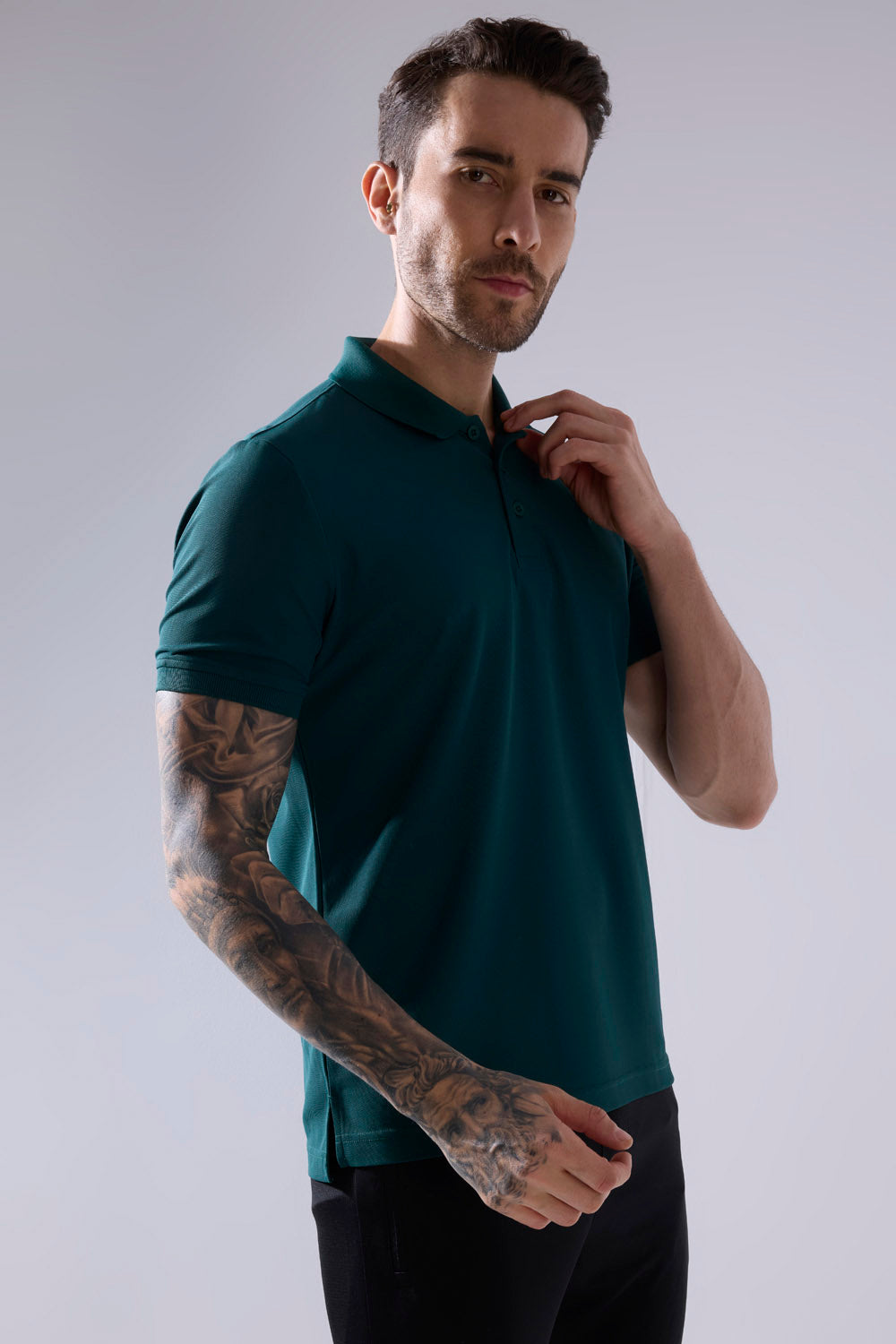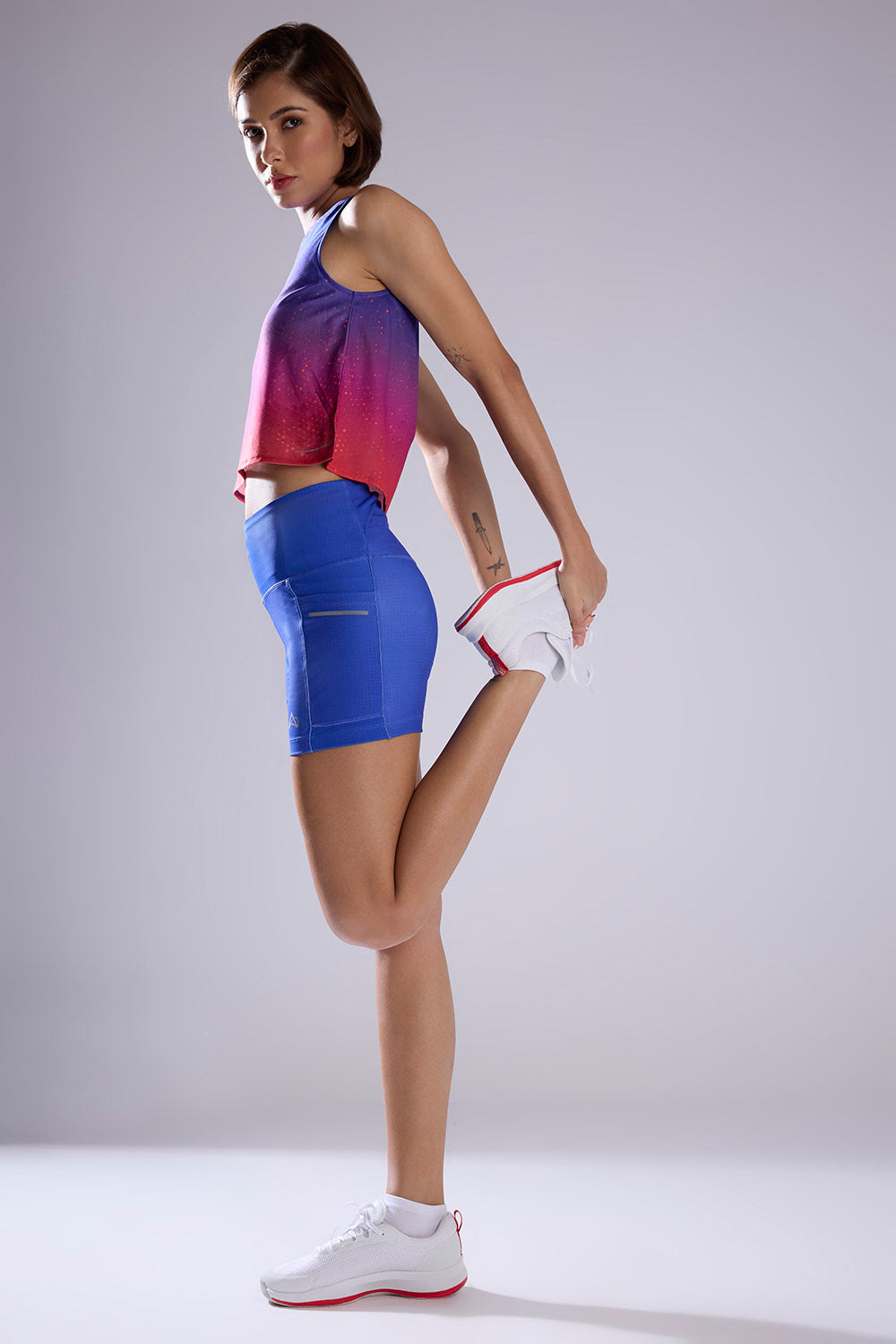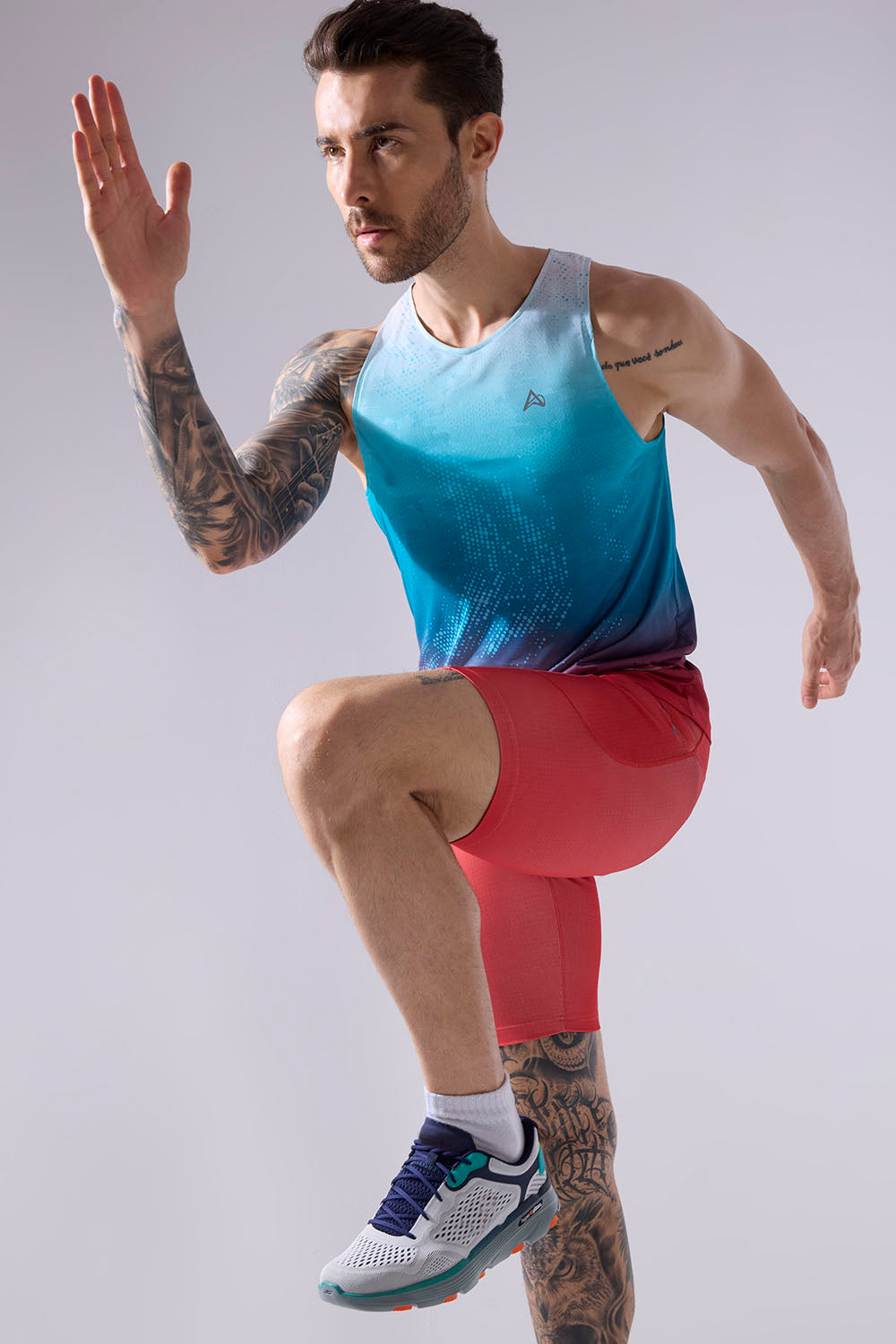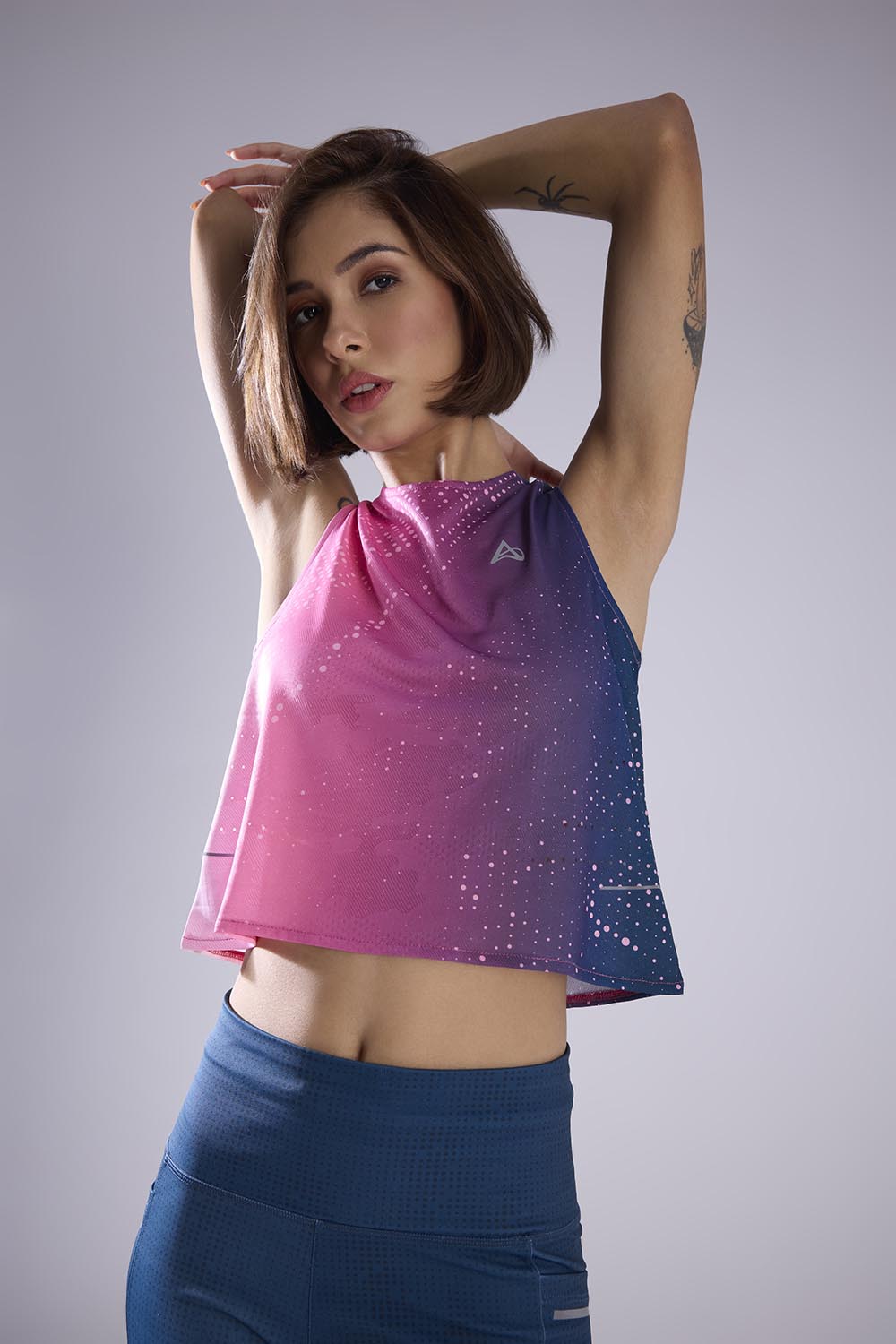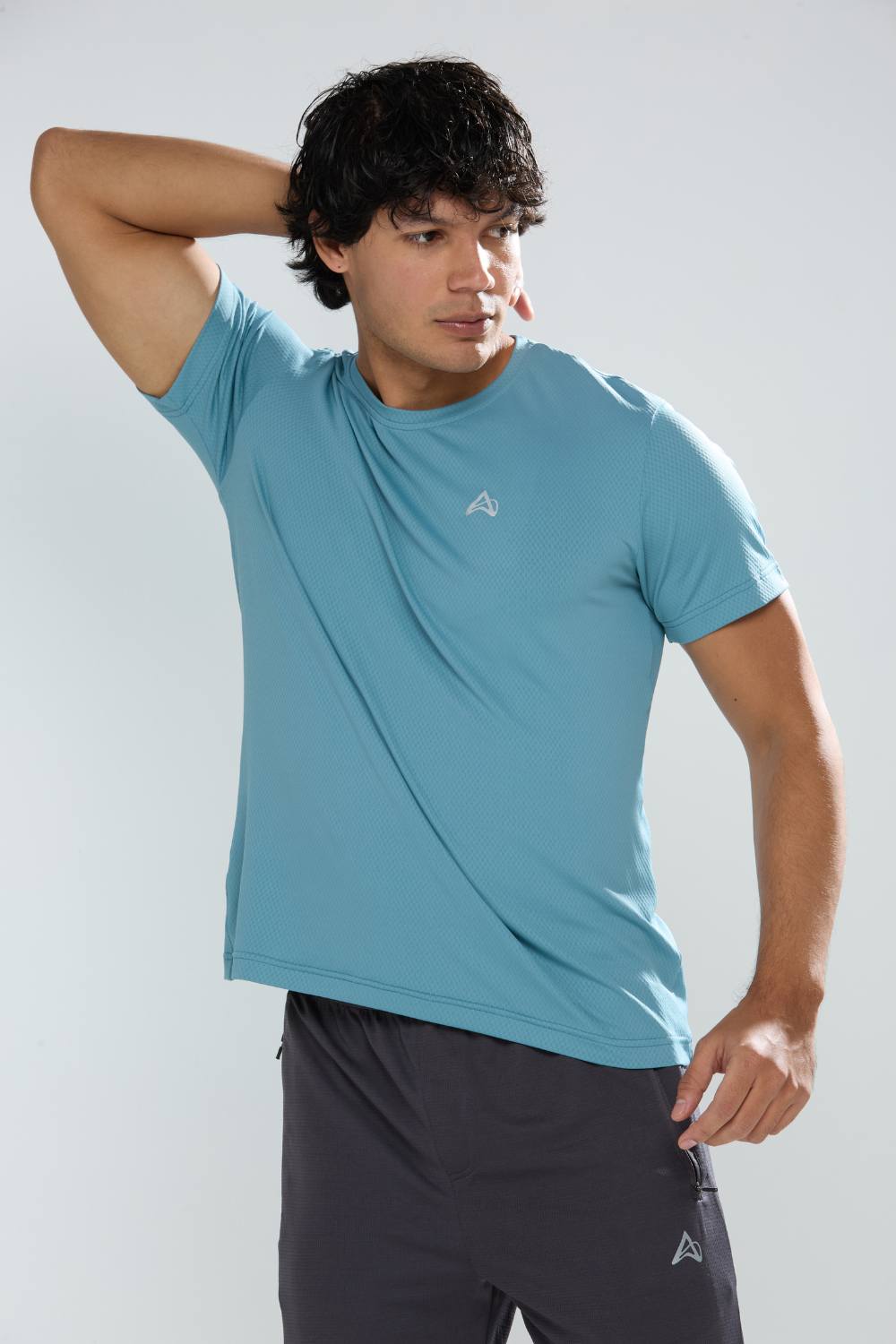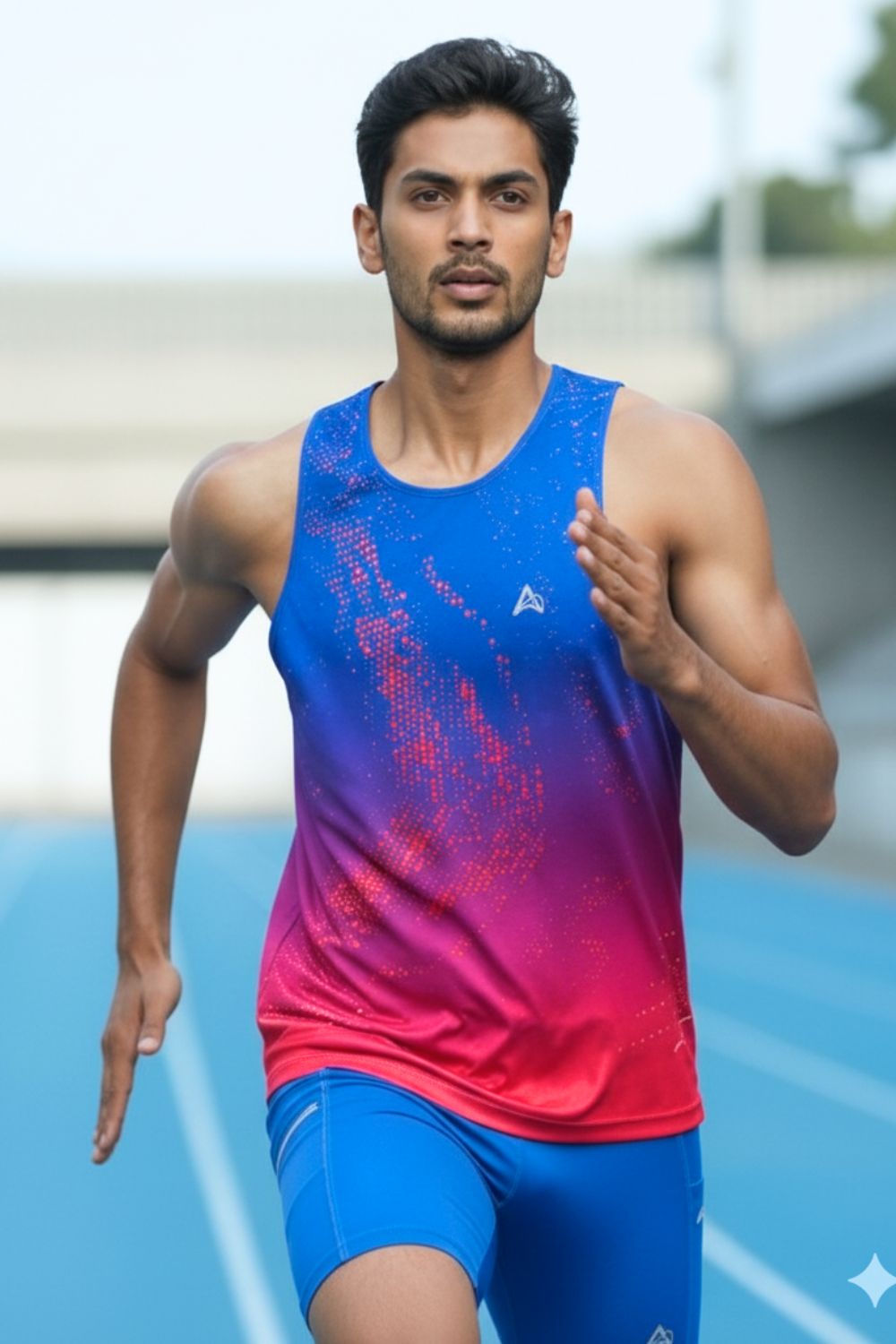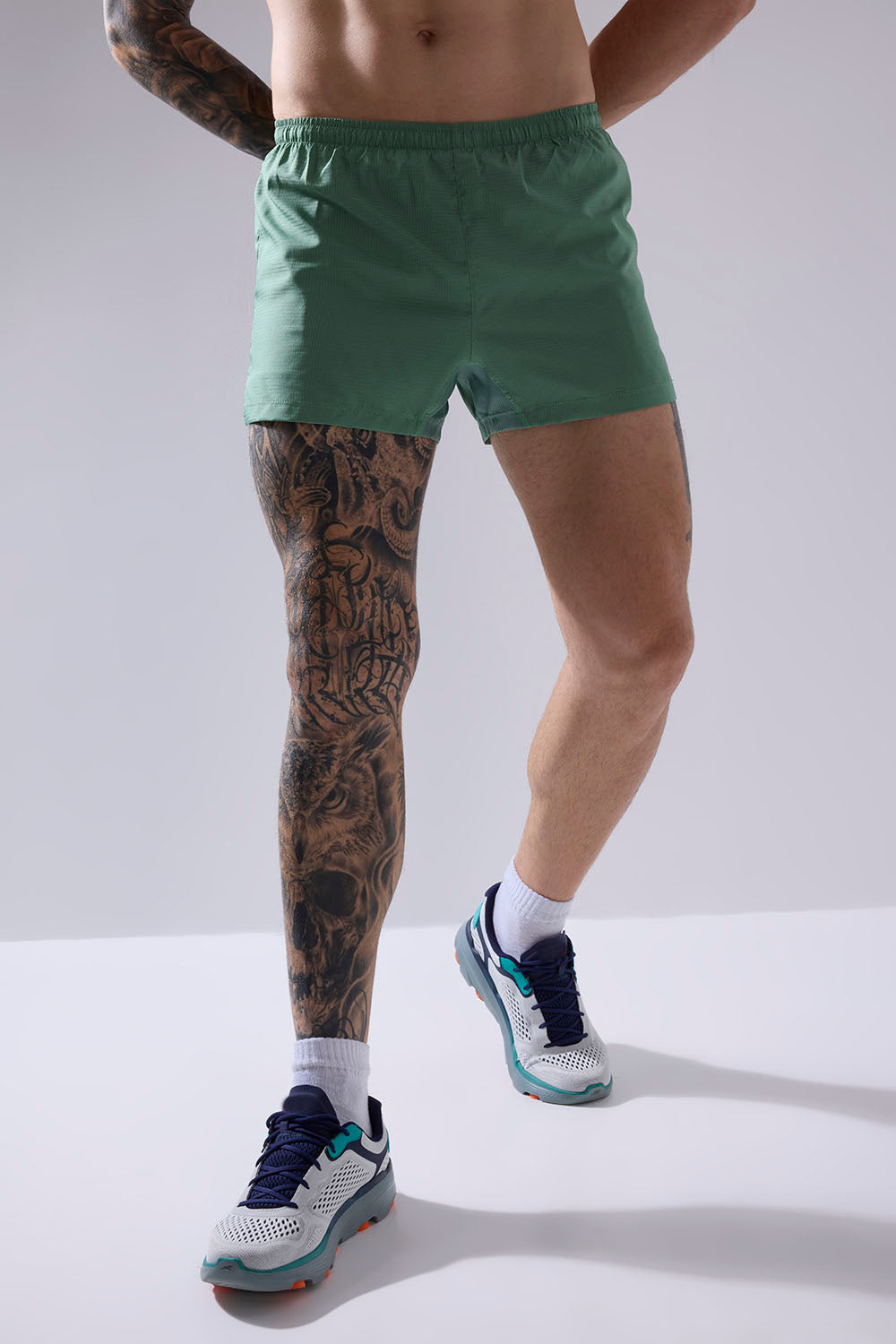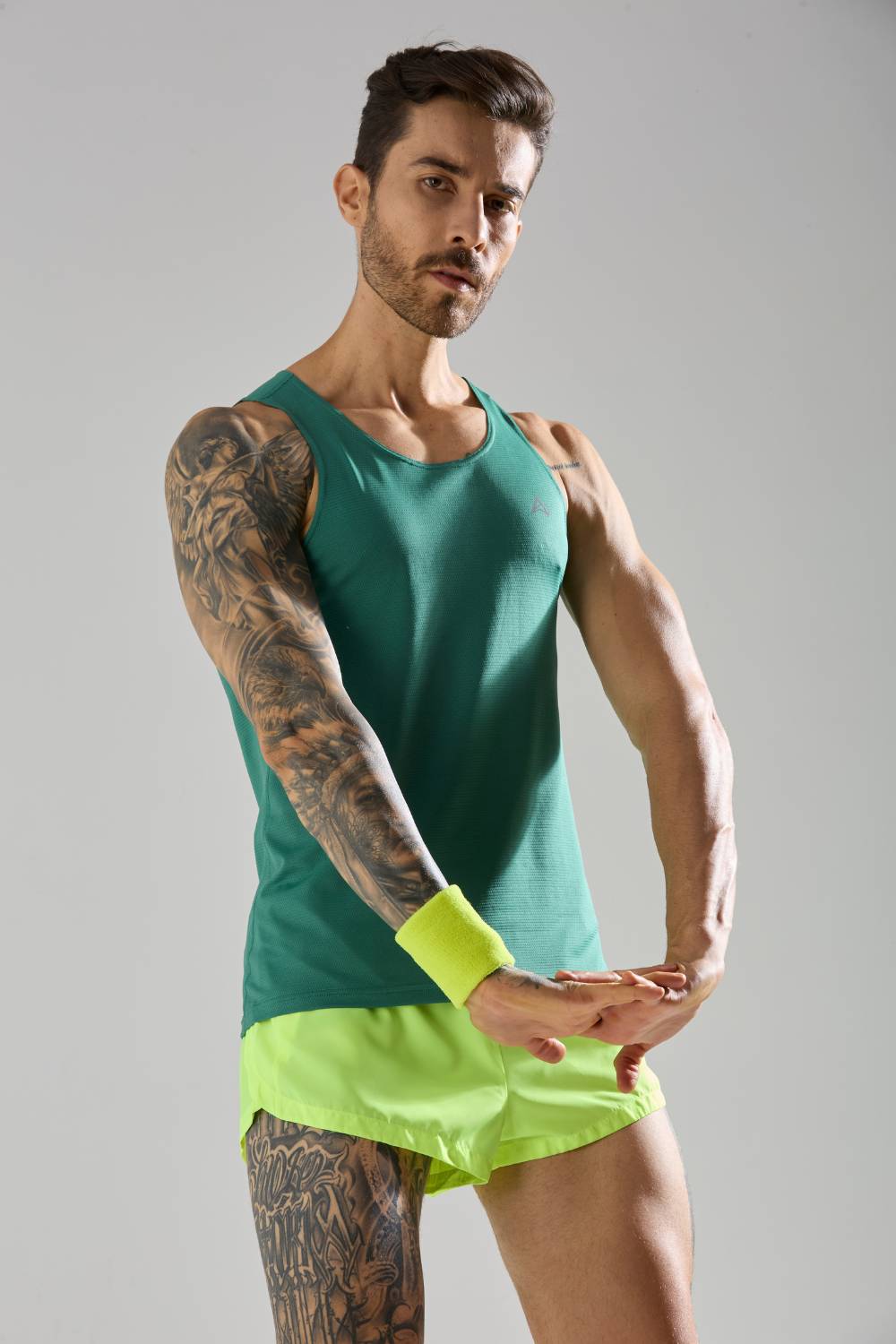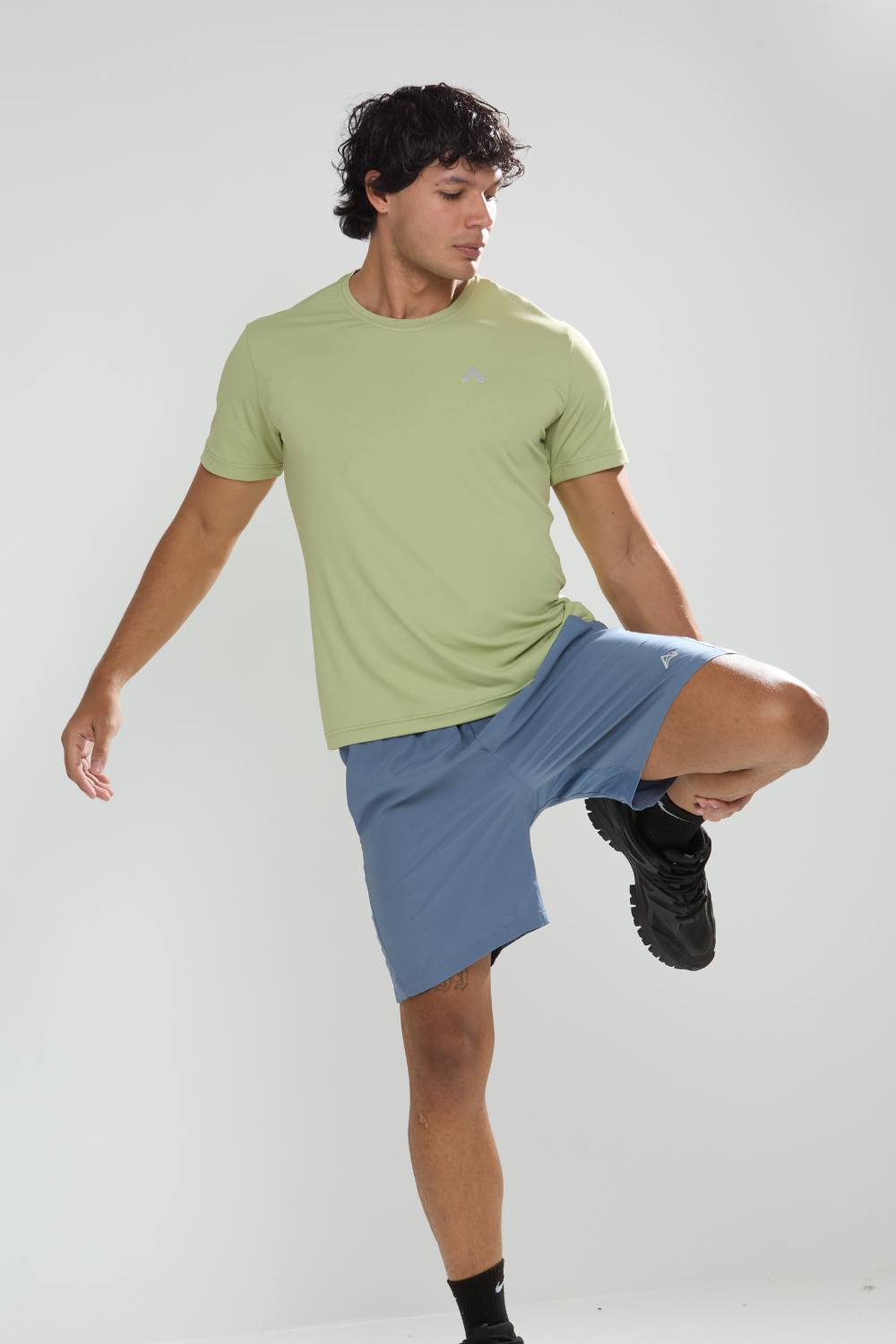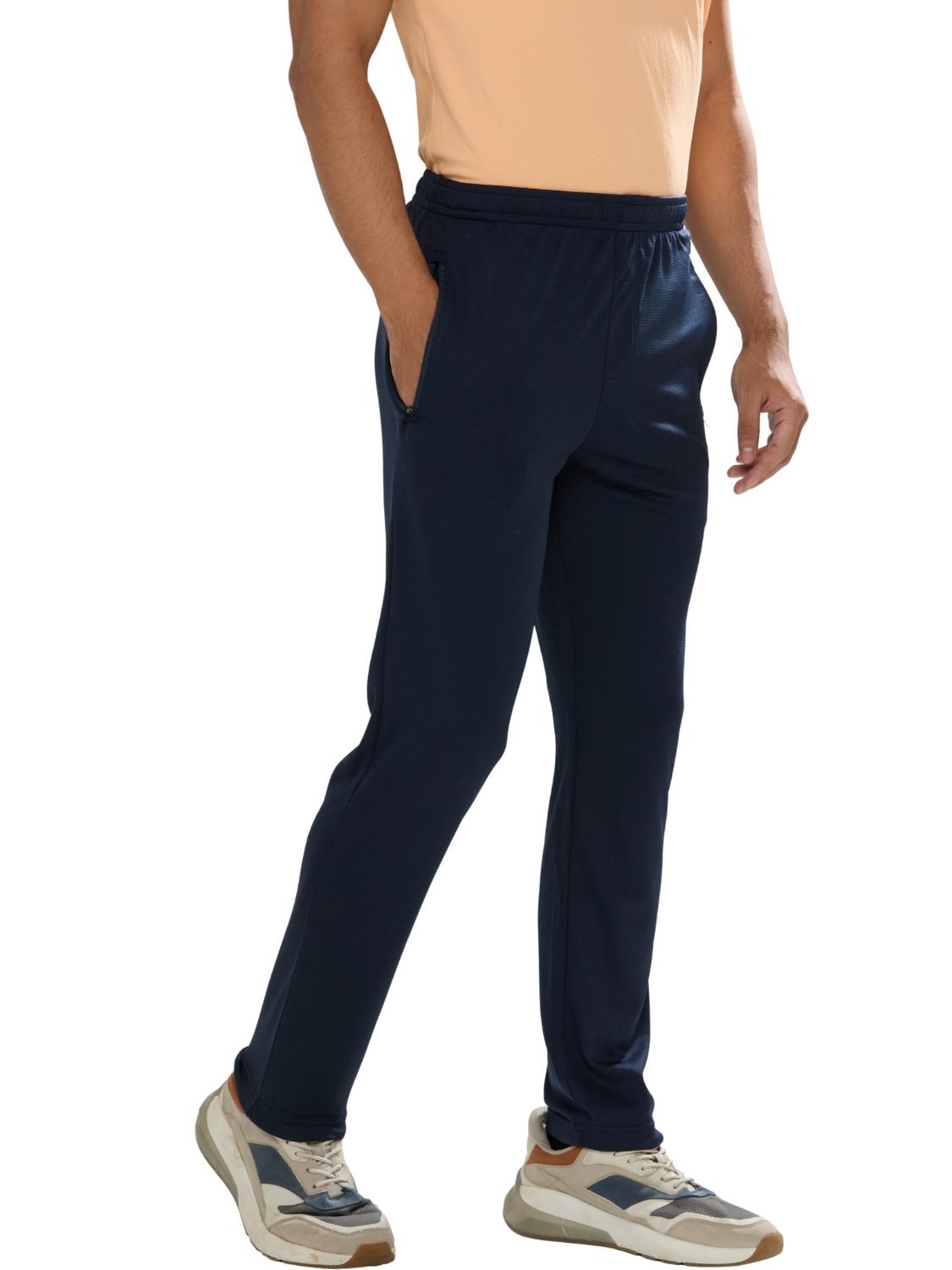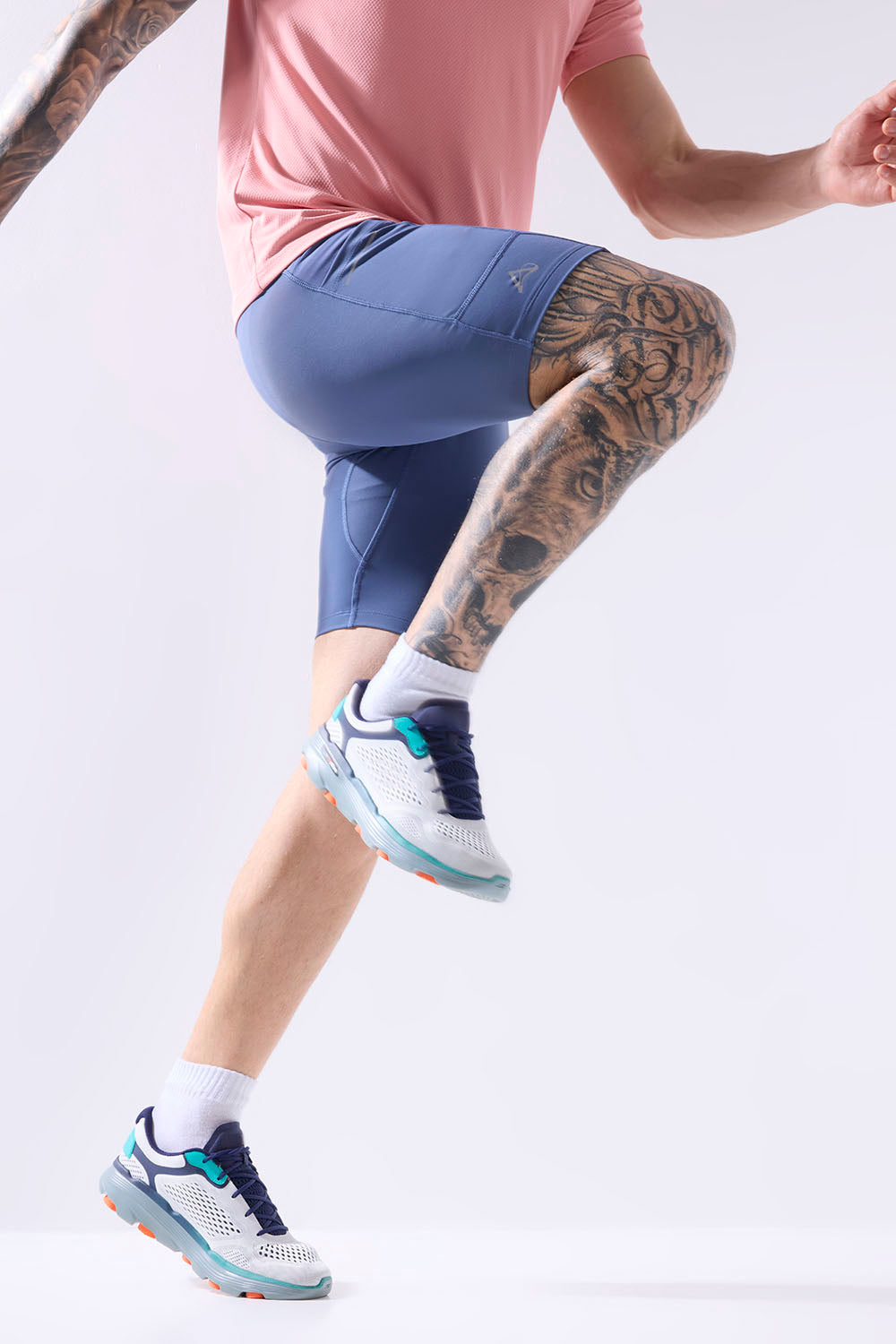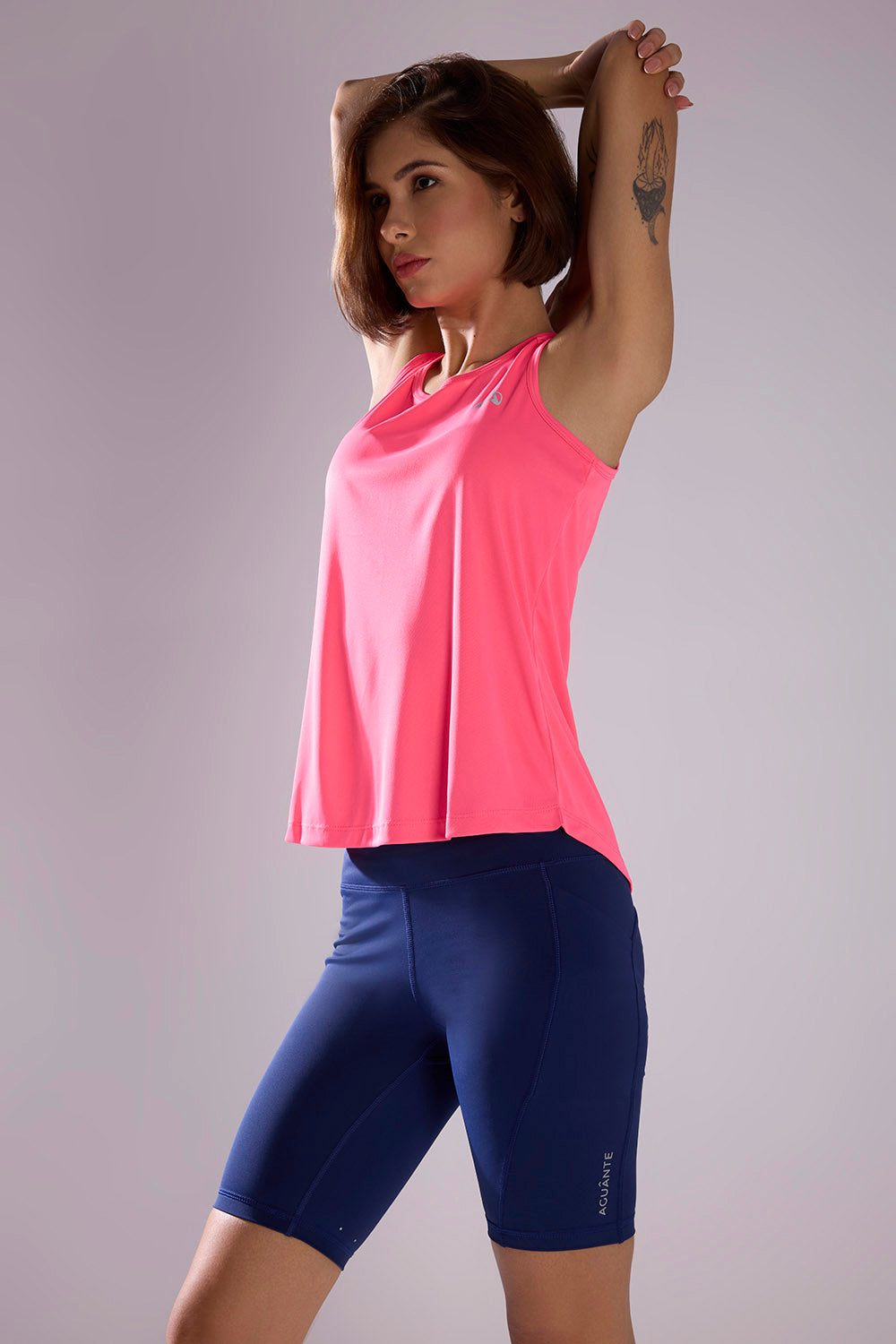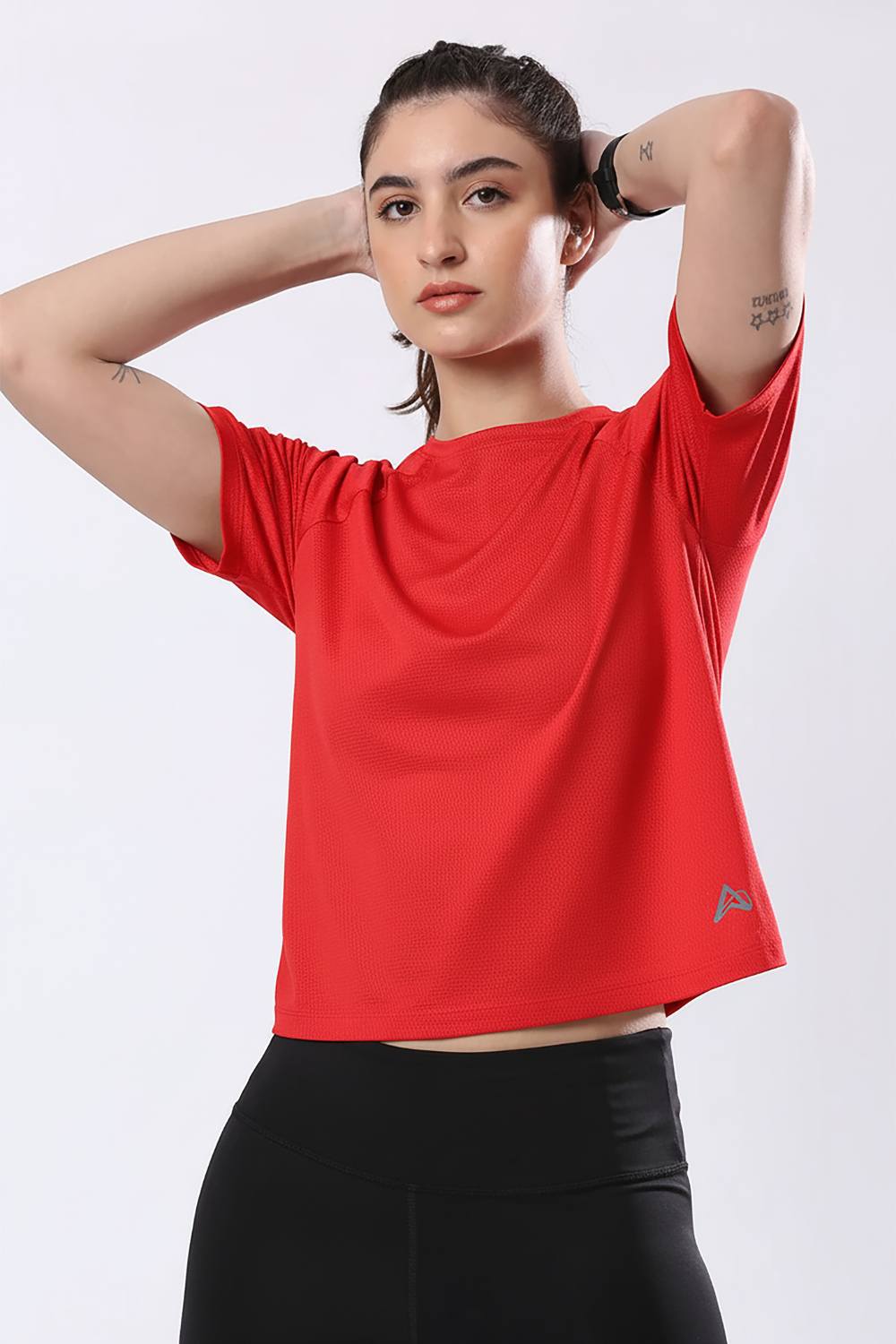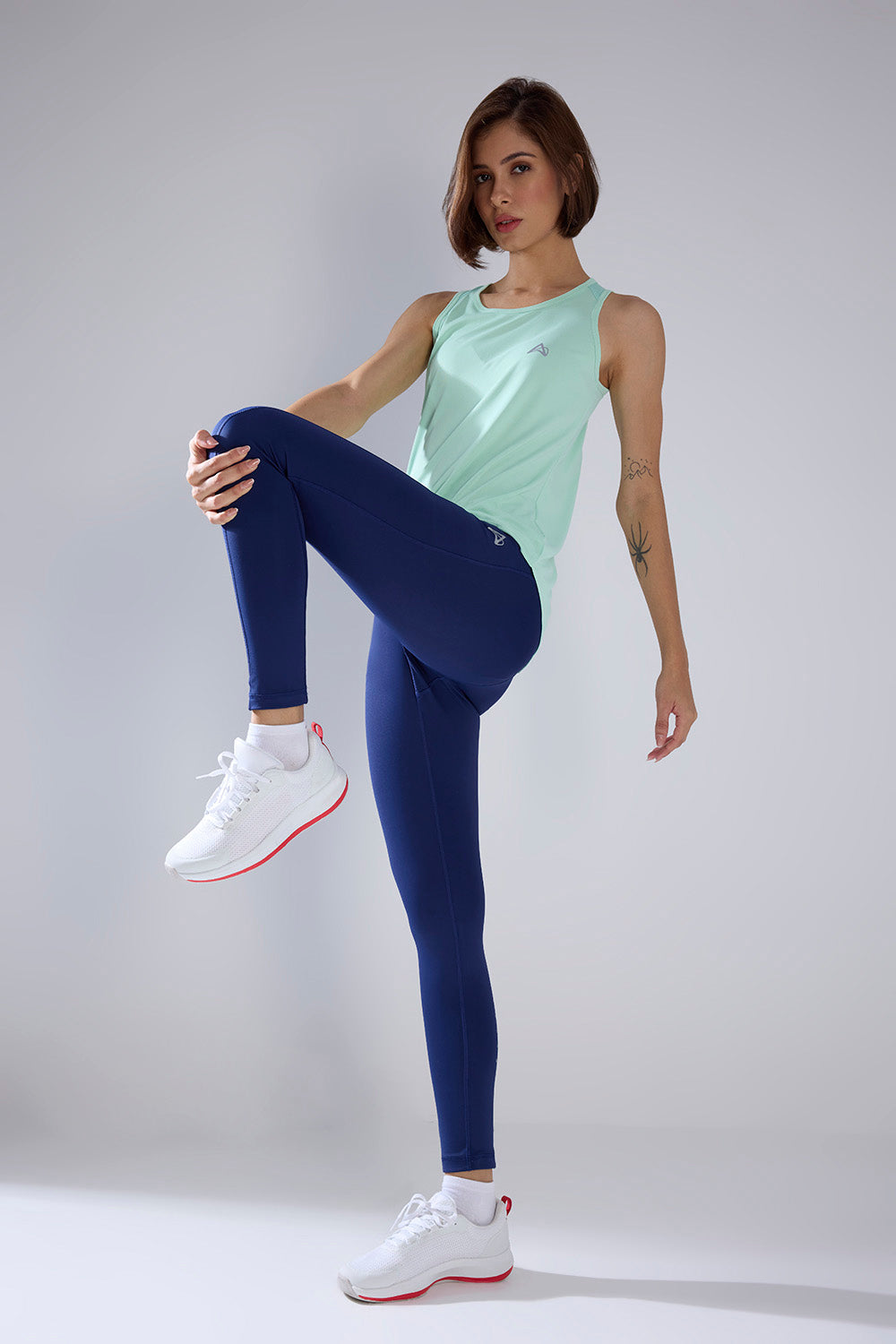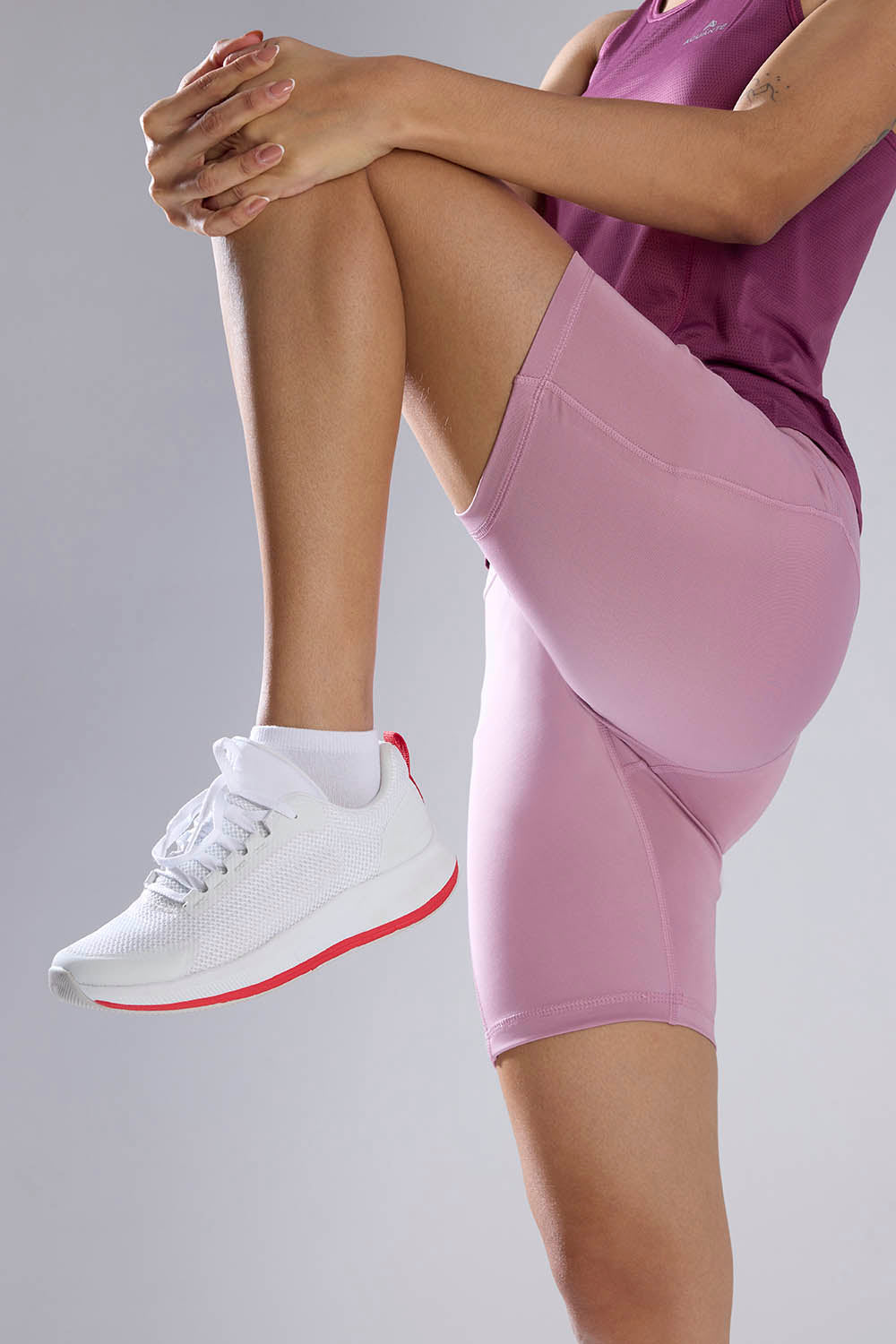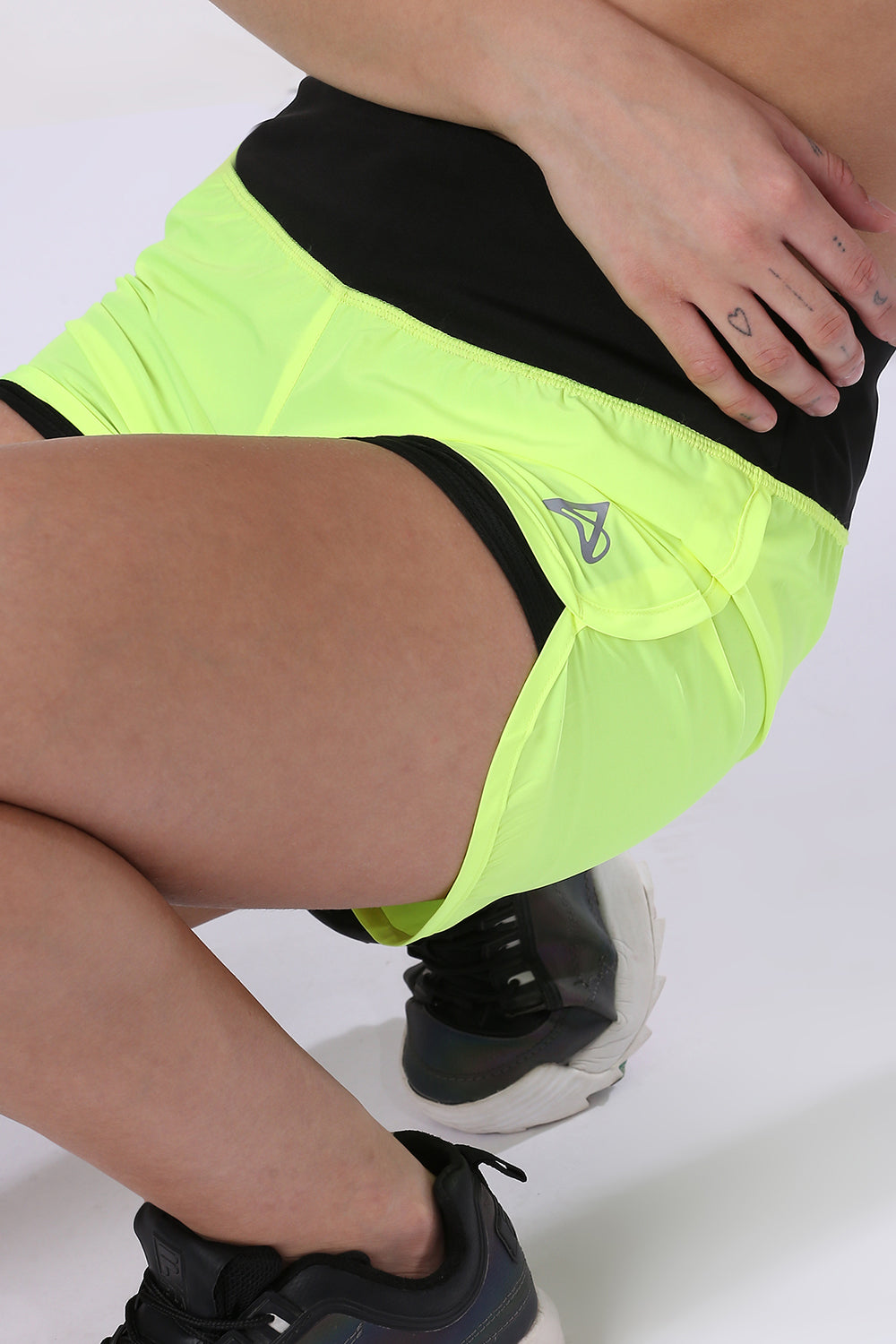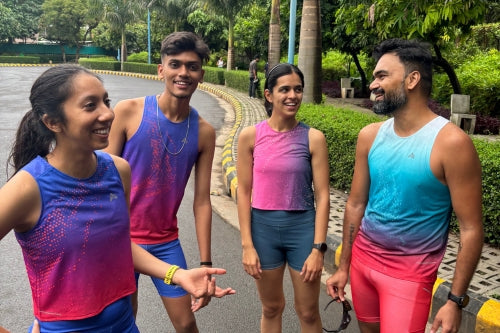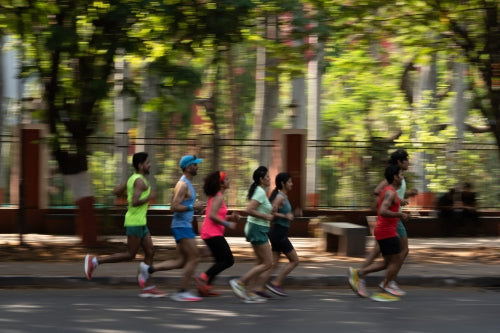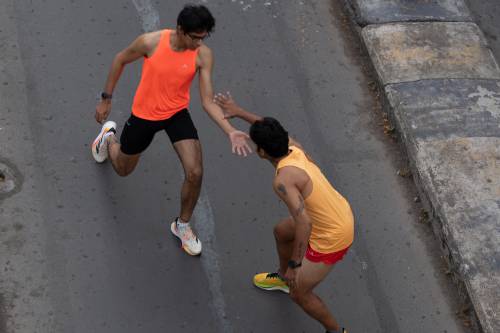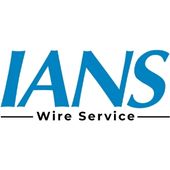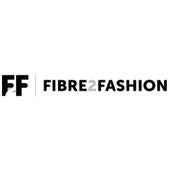Quick Listen:
Imagine the humid tracks of Bengaluru or the dusty fields of Delhi, where athletes push their limits under unforgiving conditions. Sweat beads form, but instead of soaking through and weighing down their gear, it vanishes pulled away by fabrics engineered for victory. This is the era of moisture-wicking technology, quietly revolutionizing how Indian sports enthusiasts stay cool, dry, and focused. As fitness culture surges nationwide, these innovative materials are becoming indispensable, blending science with stamina in ways that elevate performance from amateur runs to professional pitches.
Tired of gear that slows you down? Chafing, soggy fabrics, and missing pockets kill your run's momentum. At Aguante, we're runners who get it. Our high-performance activewear features moisture-wicking fabrics, ergonomic designs, and smart storage to keep you focused. Shop Now!
Introduction: The Rise of Performance-Driven Activewear in India
In India's vibrant fitness landscape, where urban gyms buzz and rural sports fields thrive, activewear has transcended mere clothing to become a performance enhancer. At the heart lies moisture-wicking fabrics, which efficiently transfer sweat from the skin to the fabric's outer layer for rapid evaporation, ensuring comfort during intense activities.
Aguante, an up-and-coming activewear brand, exemplifies this shift by embedding such advancements into its collections. Catering to a nation increasingly obsessed with health from yoga practitioners in Mumbai to runners in Chennai Aguante benefits from and fuels the demand for gear that supports real athletic pursuits. The broader context? A booming interest in sports and wellness, with more Indians lacing up for workouts, driven by awareness of physical and mental benefits.
This momentum propels the India sports fabric market, valued at USD 1.66 billion in 2024 and forecasted to hit USD 3.47 billion by 2033 at a 7.87% CAGR from 2025 onward.
Emerging Trends and Recent Developments in Moisture-Wicking Fabrics
Technological leaps in moisture-wicking have redefined fabric functionality. These materials draw perspiration via capillary forces, spreading it across fibers for swift drying, relying on wetting to initiate wicking without it, moisture stagnates.
In India, where humidity challenges athletes, demand spikes for apparel handling sweat effectively. Athleisure, a fusion of athletic and casual styles, incorporates items like hoodies, yoga pants, and leggings for daily wear, regardless of exercise.
Indian firms adapt by emphasizing performance lines. The global moisture-wicking market stood at US$1.0 billion in 2023, eyeing US$2.4 billion by 2034 with an 8.0% CAGR from 2024.
Recent developments include Cava Athleisure's January 2025 'ADPT' nylon-spandex blend with wicking tech, available in 50+ styles.
Real-World Examples: Applications and Success Stories
Across India, athletes integrate wicking fabrics into routines. Marathoners in humid Kolkata or cyclists in arid Rajasthan rely on them to evade dampness, which studies show irks when over half the body wets.
Aguante weaves this tech into its range, aiding focus in grueling sessions. Their gear, using wetting-wicking-diffusion, evaporates sweat rapidly, cutting fatigue for teams in sunny Gujarat or rainy Kerala.
Globally, US brands like Under Armour pioneered, enhancing output in sports.
Key Challenges, Limitations, and Risks
Despite advantages, hurdles persist. Synthetics like polyester raise eco-concerns, deriving from petroleum and using harmful chemicals for resistance.
Awareness gaps hinder adoption; many favor cheap cotton, unaware it retains moisture, causing discomfort versus wicking's quick-dry.
Costs challenge too advanced features like phase-change materials inflate prices, restricting access.
Opportunities, Efficiencies, and Business Impact
Yet, prospects gleam. India's sports fabric growth unlocks expansion, with athleisure and fitness surging sales.
Standouts emerge through superior performance less discomfort means extended workouts, fostering loyalty.
Business transforms: Asia Pacific's lead invites exports, with R D in smart textiles boosting Aguante edge.
Future Outlook and Expert Recommendations
Industry voices predict robust evolution for wicking tech in India, with finer blends merging function and style.
Advice abounds: Brands should campaign on perks, embrace sustainability, and heed athlete feedback for refinements.
Ahead, growth forecasts signal transformation wicking fabrics redefine activewear, promising drier, bolder pursuits for Indians. Delving into analyses like this on Moisture-Wicking Fabrics Gain Traction reveals a sweat-smart future brimming with promise.
Frequently Asked Questions
Which moisture-wicking fabrics are best suited for Indian weather conditions?
Polyester and nylon blends, often combined with spandex for stretch, are the most popular moisture-wicking fabrics in India due to their quick-dry capabilities and durability. These materials perform well across India's diverse climates, whether it's the humidity of Kolkata or the dry heat of Rajasthan, and are increasingly used in both activewear and athleisure.
What are moisture-wicking fabrics and why are they important for Indian athletes?
Moisture-wicking fabrics are engineered to pull sweat away from the skin and disperse it across the fabric for quick evaporation. This technology is especially valuable for Indian athletes training in humid or hot climates, helping them stay dry, reduce discomfort, and maintain peak performance during workouts or competitions.
What are the challenges and future opportunities for moisture-wicking activewear in India?
Key challenges include high costs, limited consumer awareness, and environmental concerns around synthetic fabrics. However, the market is rapidly growing, and Indian brands like Aguante are exploring sustainable alternatives and performance innovations creating a promising future for moisture-wicking activewear that blends comfort, function, and eco-consciousness.
Disclaimer: The above helpful resources content contains personal opinions and experiences. The information provided is for general knowledge and does not constitute professional advice.
You may also be interested in: Moisture-Wicking T-Shirts Tackle India's Summer Heat
Tired of gear that slows you down? Chafing, soggy fabrics, and missing pockets kill your run's momentum. At Aguante, we're runners who get it. Our high-performance activewear features moisture-wicking fabrics, ergonomic designs, and smart storage to keep you focused. Shop Now!
Powered by flareAI.co

